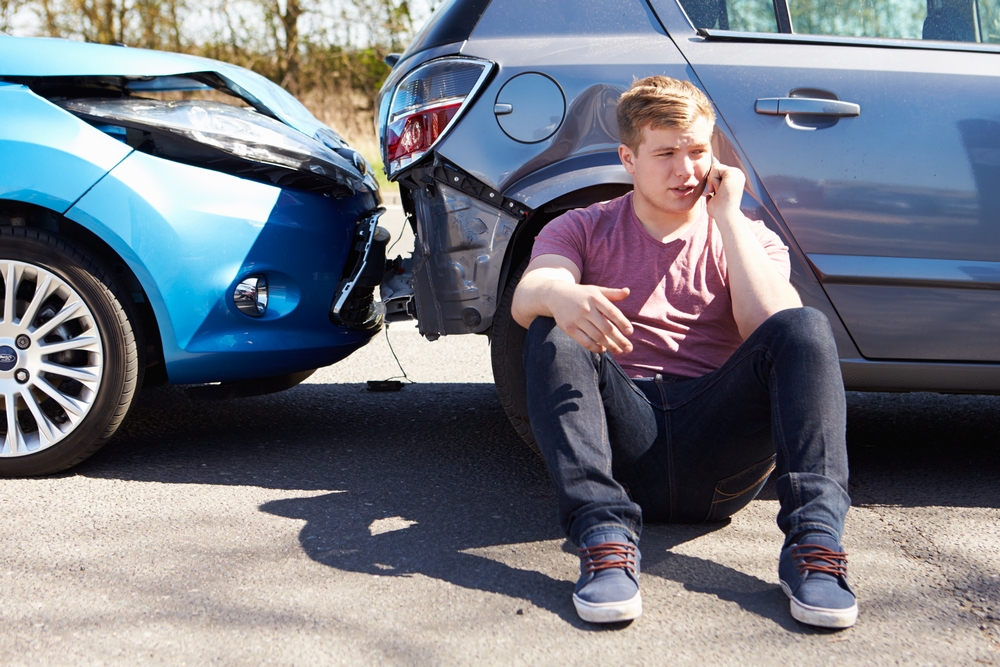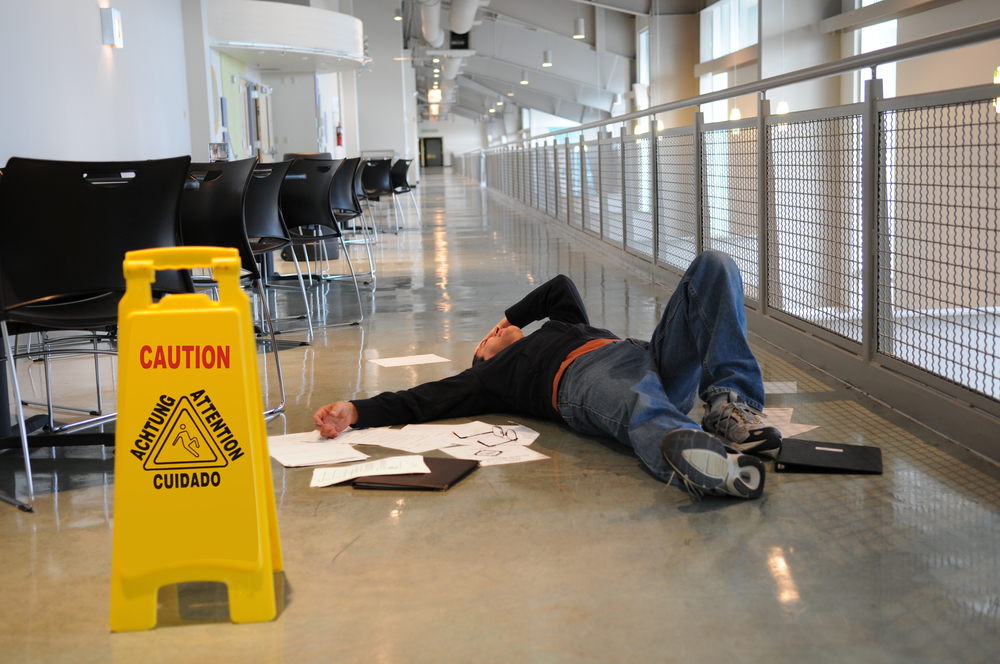Will low-glare headlights reduce nighttime auto accidents in the U.S. as they have done in Europe? Studies are being conducted to determine their value.
There is some intense discussion at this time about high-intensity headlights creating greater risk of accidents. Many drivers point to extremely bright headlights as a cause of night driving accidents because they are blinded by them. Their arguments are true and correct. On the other side of the discussion, are drivers who insist that high intensity headlights prevent many nighttime accidents because they provide greater illumination of the roads and surrounding areas. These arguments are also true and correct. Government agencies currently find themselves at the intersection of the two points of view because both of the arguments are correct.
Adaptive Driving Beams
Reuters News Service has reported that The National Highway Traffic Safety Administration (NHTSA) is moving to allow advanced, European-style headlights to be used on U.S. roadways. These headlights are also called “adaptive driving beams.” It is believed by many that they could help to prevent nighttime auto accidents.
Toyota Motor Corp. filed a petition in 2013 to allow the use of these lights in the U.S. The lights are said to “provide more illumination than existing lights without a glare to oncoming motorists by using additional sensors to automatically adjust the lights.” These adaptive lights use sensors, cameras, ad data analysis software on board to detect oncoming vehicles and automatically adjust the headlight beams.
These lights have been permitted in Europe for more than 10 years. They are also permitted in Japan and other countries. A similar petition was filed by Volkswagen AG in 2016 so that the lights could be used on Audi A7 luxury cars. Another similar petition was filed by BMW AG in October 2017.
Acceptance of these lights has been stopped here by American rules that establish height limits for low beam lights. The current investigation of these lights has been explained by the NHTSA, who said the lights bring “potentially significant safety benefits in avoiding collisions with pedestrians, cyclists, animals and roadside objects. The Insurance Institute for Highway Safety (IIHS) recently determined that pedestrian deaths in dark conditions jumped 56 percent from 2009 to 2016. Congress directed the NHTSA to begin extensive research into the role of nighttime glare in auto accidents.
Before the lights can be accepted in the U.S. NHTSA must solicit public opinions. They will also propose new test measurements to ensure that the systems work as planned.
Key Facts About Glare
Glare is caused by bright light in your field of vision. It can reduce the ability to see, create feelings of discomfort, or both. Headlight glare occurs due to oncoming headlights or headlights viewed in the rear-view mirror.
Glare reduces the distance of visibility because light scatters in your eyes, and this, in turn, reduces the contrast of roadway objects. This effect of glare is called “disability glare.” The greater the intensity of the glare and the closer the glare light is to where one is looking, the greater the disability glare will be. Disability glare can lead to decreasing visibility distance, increase of reaction time, and increased recovery time. It can distract drivers from the driving task, cause them to slow down, and cause some drift in their lane.
Reliable statistics on headlight glare auto accidents are difficult to obtain. This is due to the fact that many other factors related to the driver, the vehicle, and the environment also contribute to any crash. This makes it difficult to make clear and precise causes of a crash, particularly when headlight glare is one of the factors.
Due to the geographic factors of two-lane roads and their surroundings, these are often considered the most dangerous roadways. Headlight glare is particularly challenging for older drivers due to changes to their eyes and due to the presence of some neurological conditions such as macular degeneration, diabetic retinopathy and detached retina.
A number of operational factors also contribute to glare and to its impact upon drivers. These include: headlight mounting height, aiming the headlight, headlight beam distribution, color of the headlight, size of headlights, and even headlight and windshield cleanliness and condition.
We await the findings of the studies currently under way, and others. If these headlights truly will help to reduce the number of auto accident on our Virginia highways and roadways, they are to be applauded.
If you or a loved one has been injured in an auto accident caused fully or in part by headlight glare, call the experienced legal team of Altizer Law P.C. For more than 25 years, Bettina Altizer and her team have been trusted by Virginians to represent their interests in auto accident lawsuits.












